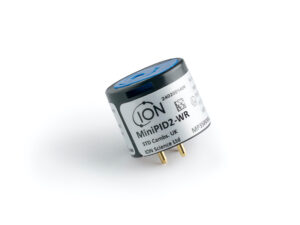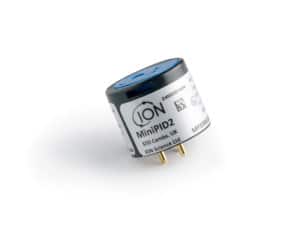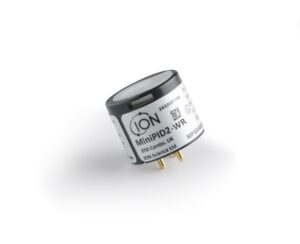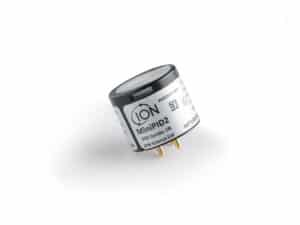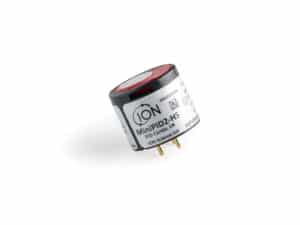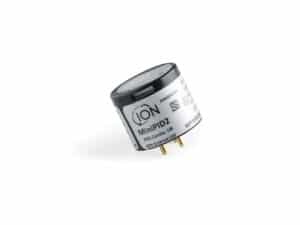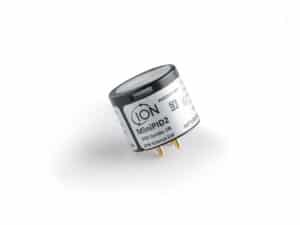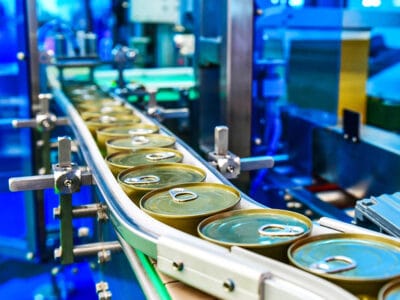
VOCs In The Food And Beverage Industry
19th November 2020
Where are VOCs found in the food and Beverage industry and why do we need to monitor them
Volatile organic compounds (VOCs) are a wide range of naturally and synthetically occurring chemicals. They are described as volatile because they evaporate in conditions found in our everyday lives, releasing molecules into the atmosphere. VOCs are also extremely useful as they form the building blocks of many synthetic materials (plastics, rubbers, glues, paints etc.). VOCs also play a key part in pharmaceutical manufacturing and are a great fuel for transport and heating; one area has recently seen large advances—the analysis of VOCs in food.
There are a wide variety of VOCs found in the food and beverage industry, they can used with in the process of product; or they can be from residues and emission which are a result from fermentation, cooking, clean-up, disinfection, and other steps in food production. Compounds of concern range from alcohols and aldehydes produced in fermentation (bakeries, breweries, wineries) to fats, oils, and greases emitted from cooking operations, and chlorinated compounds produced in disinfection such as that found in pre-washed salads. Contaminant concentrations are generally low, ranging from less than 100 ppm to a few 1000 ppm.
Three types of problem are associated with VOC in food and beverage production: toxicity, odours, and air pollution which is associated with photoreactive compounds. Toxicity is generally not a problem in the food processing industry; that is, air emissions are generally non-toxic, even in indoor environments. Odours are significant problems and include a wide range of compounds. Unfortunately, odours are often associated with very low contaminant concentrations (ppb, in the case of mercaptans). Photoreactive compound emissions, such as alcohols, are regulated by local, state, and Federal agencies.
– https://p2infohouse.org/ref/32/31787.pdf
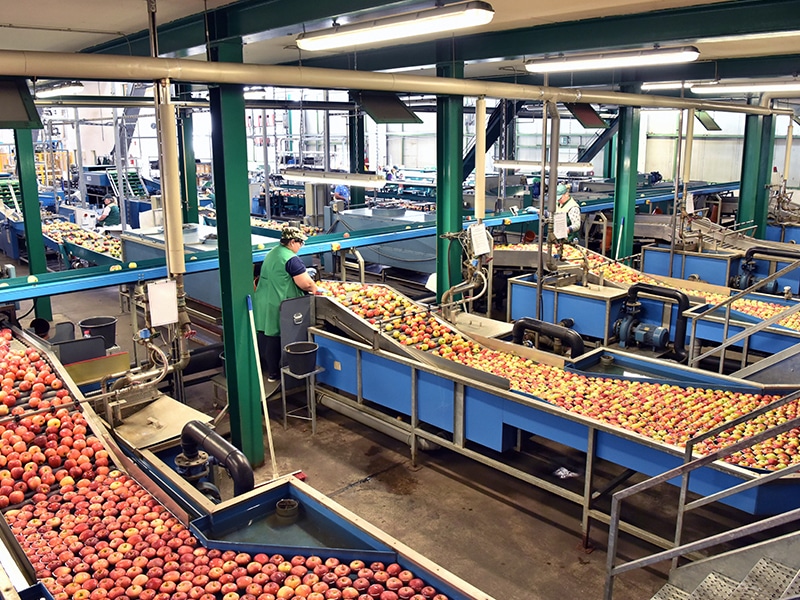
Detecting VOCs
There are many tools available for the detection of VOCs. A commonly used, proven method which rapidly detects a wide range of VOC over the concentrations of interest is photoionisation detection (PID). The ability of PID to measure low levels of any VOC makes it a vital tool in any process. A PID detector is sensitive enough to detect parts per billion (ppb) levels of VOCs.
The non-discriminatory technology and ability to measure across a broad range of levels offered by the Tiger handheld VOC detector, or the Falco fixed VOC detector from ION Science is proven to be an extremely effective all-round device in a food and beverage process. Both are robust, reliable and easy to operate, providing assurance to those working in this environment that procedures are being performed in conditions of the highest standard and safety.
For more information on PIDs, please contact us on:
info@ionscience.com or telephone: +44 (0) 1763 208 503.
Application Article
Everything you need to know about VOCs In The Food And Beverage Industry
Our Application Articles are available to download below, they provide you with key information on the exposure limits and the locations of where potentially harmful gases can occur within your application and share information on the gas detection monitoring techniques and equipment that can help you manage gas detection in the workplace.

Download your copy of the Application Article
Please complete the form below to download the Application Article.

